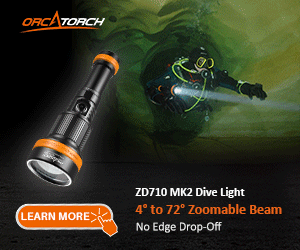For instance, let take the quarterly testing (with a bit of a divergence). A good idea in concept but difficult in practice as it is a snap shot at that time but says nothing about the current conditions (just a cylinder VIP). BITD that was really about the only mechanisms most facilities had. And if in easily accessible area having samples tested is simpler than in a remote area which is often the case with the best diving. So if it takes weeks to send off and get the test results does that really help? Now this does not even take into account when the samples are taken, before, after, or between scheduled maintenance. As such, I can see why PADI dropped it as programmatically there are some issues.
The air quality test is simple to perform, right at the fillers shop using a portable test kit (CO2, CO, Oil Mist, & Moisture). The basic process is to fill a cleaned empty cylinder, then analyze the gas with a series of indicating test tubes. The whole test takes about 40 minutes (oil mist is a 25 minute collection). It is just a snapshot, but combined with appropriate compressor maintenance, it provides the filler with a level of confidence that his system is operating nominally. It also can provide the filler data to indicate he needs a higher order service call.
PADI is just not interested in sharing any liability on air quality. So, I agree with the prior posts - vote with your wallet. I drive an extra 25 minutes each way to use a LDS that has a compressor maintenance contract and tests their air. I also have told my new LDS why I left the old one. Positive feedback for the extra effort a LDS takes to provide a good product promotes continued high performance when other business stressors enter the cost benefit decision matrix.



